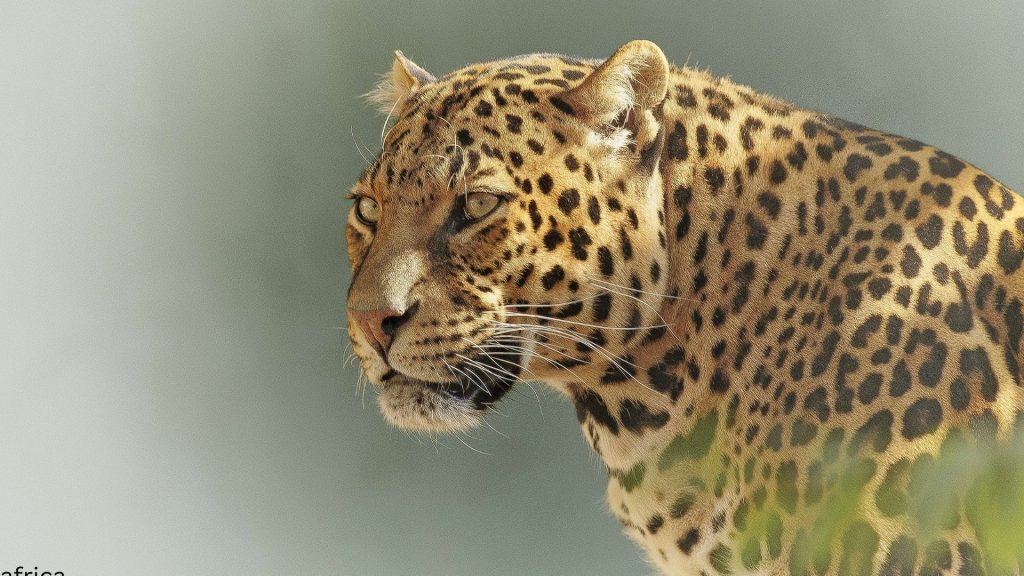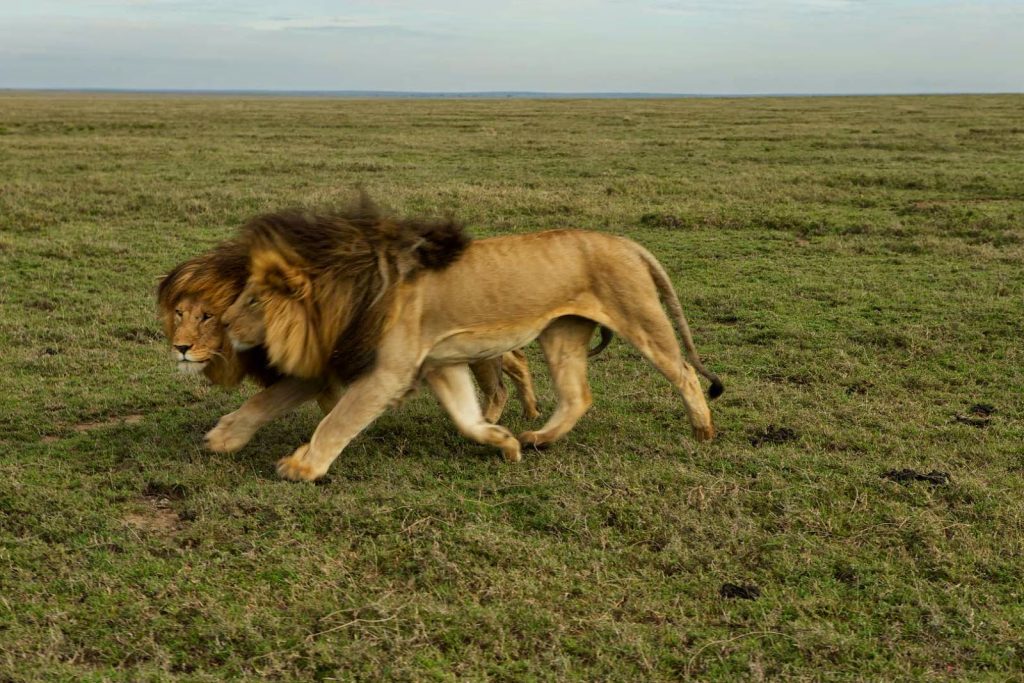Kitulo National Park
Kitulo National Park: Tanzania’s Garden of God and the Serengeti of Flowers
Locals affectionately call Kitulo Plateau “Bustani ya Mungu” – The Garden of God, while botanists have dubbed it the Serengeti of Flowers, hosting one of the world’s most spectacular floral displays. This unique montane park in Tanzania is a botanical wonderland, boasting over 350 species of vascular plants, including 45 endemic terrestrial orchids, which transform the plateau into a riot of color during the rainy season from late November to April.
A High-Altitude Floral Paradise
Perched at approximately 2,600 meters (8,500 ft) above sea level, Kitulo Plateau lies between the rugged peaks of the Kipengere, Poroto, and Livingstone Mountains. Its fertile volcanic soils support Tanzania’s largest and most important montane grassland ecosystem, making it a haven for wildflowers, birds, and small grass-eating mammals. The park’s pristine landscapes have earned it a reputation as Africa’s only natural orchid sanctuary and a premier destination for floral tourism.
Unique Wildlife and Birdwatching Opportunities
Although Kitulo is sparse in large game, it is a paradise for birdwatchers and nature enthusiasts. The plateau is home to rare and endangered species, including the Denham’s bustard, blue swallow, mountain marsh widow, Njombe cisticola, and the Kipengere seedeater. In addition, endemic butterflies, chameleons, lizards, and frogs add to the park’s rich biodiversity, making it a hotspot for conservation and wildlife observation.
A Haven for Migratory Birds
Kitulo Plateau also serves as a vital resting site for intercontinental migratory birds. European white storks and other species from Scandinavia and West Africa pause here during their epic journeys between South Africa and Northern Europe, highlighting the park’s global ecological significance.
Visiting Kitulo National Park
Reaching Kitulo is an adventure in itself. Visitors travel from Chimala town along the Dar es Salaam–Mbeya highway before ascending the scenic plateau via the 57 hairpin bends known locally as “Hamsini na Saba” (Fifty-Seven). The temporary park headquarters is located at Matamba, about 50 km south of Chimala.
Once there, visitors can enjoy open walking safaris across the grasslands, birdwatching, and hill hikes offering panoramic views of Lake Nyasa and Matema Beach. The best time to witness the wildflower spectacle is between December and April, while September to November offers pleasant summer conditions. From June to August, fog often obscures visibility, limiting sightseeing opportunities.
Accommodation and Travel Tips
Accommodation is available at Matamba and Chimala, with more comfortable options in Mbeya municipality, about 100 km away. Visitors are advised to bring 4×4 vehicles for the plateau’s rugged terrain.
A Rich Historical Background
Before becoming a national park, the Kitulo Plateau was a livestock ranch for Merino sheep and European cattle breeds, mapped by British officers in the 1920s. Its cool, temperate climate has since attracted settlers and small-scale tourism initiatives, laying the foundation for its current status as a premier botanical and ecological park.
A Unique Addition to Tanzanian Tourism
Kitulo National Park is unlike any other destination in Africa. It offers floral tourism experiences in place of traditional wildlife safaris, adding a fresh dimension to Tanzania’s tourism portfolio alongside iconic parks like Ngorongoro, Serengeti, and Kilimanjaro. With its stunning wildflowers, rare orchids, and migratory birds, Kitulo is set to become Africa’s leading nature conservation and botanical tourism site, attracting travelers from around the world.
Discover Kitulo National Park – Tanzania’s Garden of God, where wildflowers, birds, and serene montane landscapes create a truly unforgettable experience.



